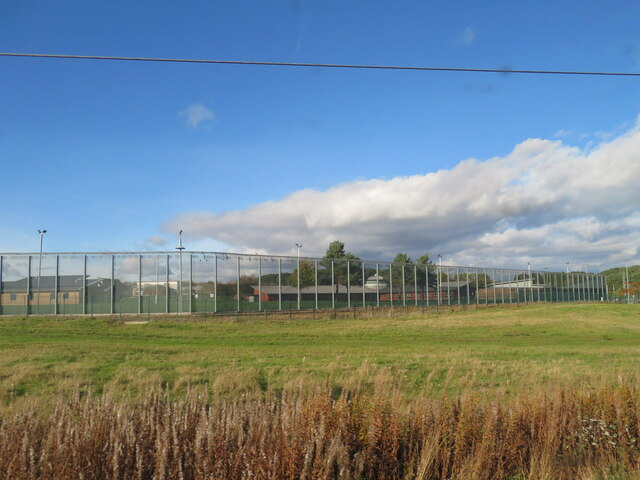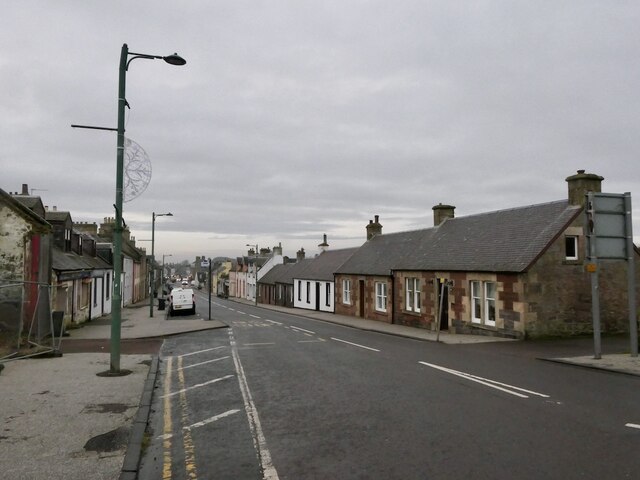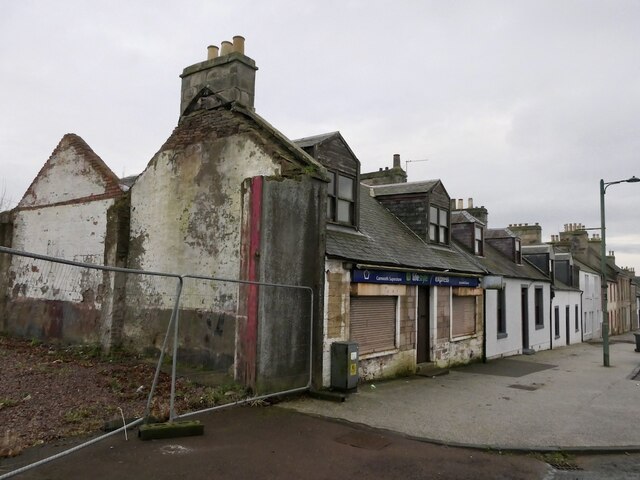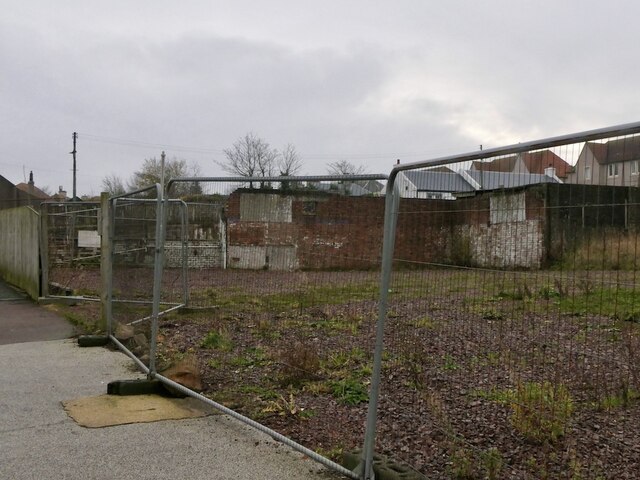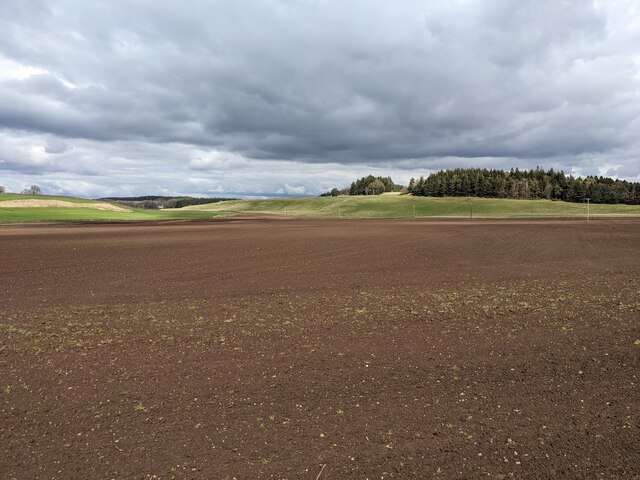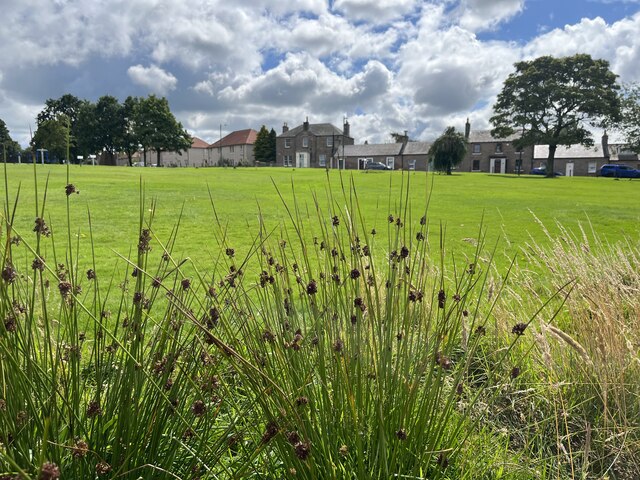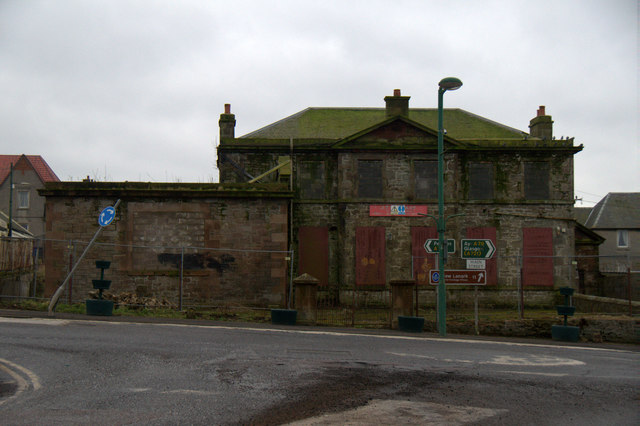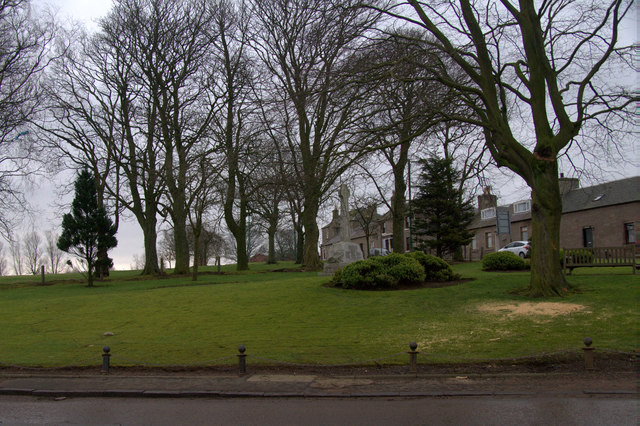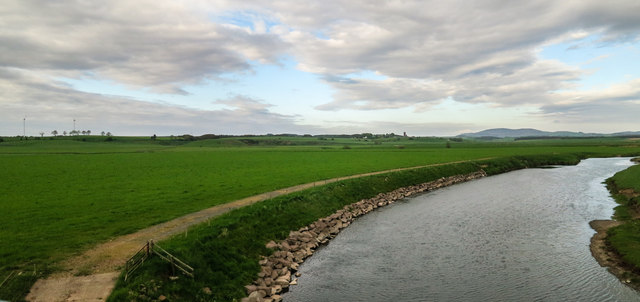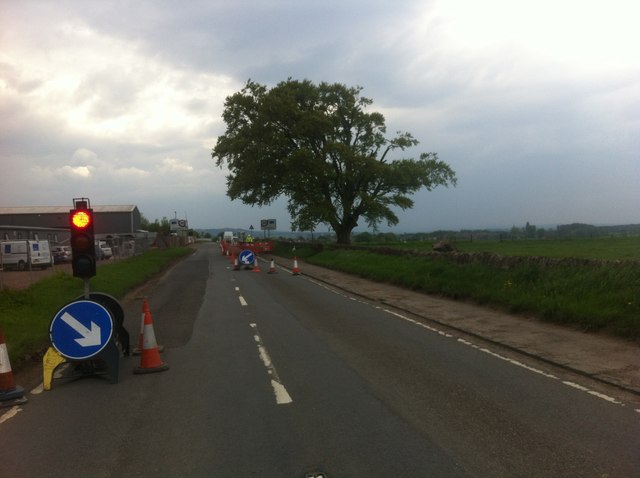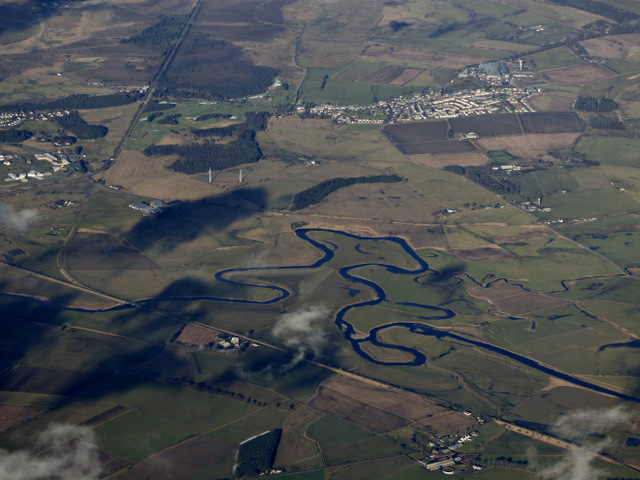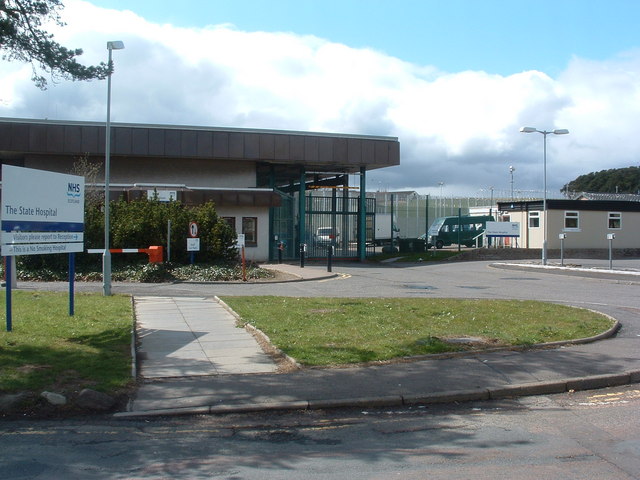Bank Wood
Wood, Forest in Lanarkshire
Scotland
Bank Wood

Bank Wood is a picturesque woodland area located in the Lanarkshire region of Scotland. Covering an expansive area, this serene forest is known for its lush greenery, diverse wildlife, and tranquil atmosphere, making it a popular destination for nature enthusiasts and outdoor enthusiasts alike.
The wood is characterized by a mix of broadleaf and coniferous trees, including oak, birch, and pine, creating a vibrant and diverse ecosystem. The dense canopy of trees provides shelter for a wide variety of animals, such as red squirrels, deer, and various bird species, making it a haven for wildlife spotting.
Visitors to Bank Wood can explore its extensive network of well-maintained walking trails, allowing them to immerse themselves in the natural beauty of the forest. The trails offer stunning views of the surrounding countryside and meander through enchanting woodland landscapes, providing a peaceful and rejuvenating experience.
In addition to its natural beauty, Bank Wood also holds historical significance. It is believed that the wood was once used as a source of timber for the local community, contributing to the region's rich industrial heritage. Today, remnants of this history can still be seen in the form of old stone walls and abandoned sawmills, adding an intriguing touch to the woodland's charm.
Overall, Bank Wood in Lanarkshire is a captivating destination for those seeking solace in nature. Its verdant landscapes, diverse wildlife, and historical remnants make it a must-visit location for anyone looking to escape the hustle and bustle of everyday life and reconnect with the natural world.
If you have any feedback on the listing, please let us know in the comments section below.
Bank Wood Images
Images are sourced within 2km of 55.687948/-3.6240218 or Grid Reference NS9745. Thanks to Geograph Open Source API. All images are credited.
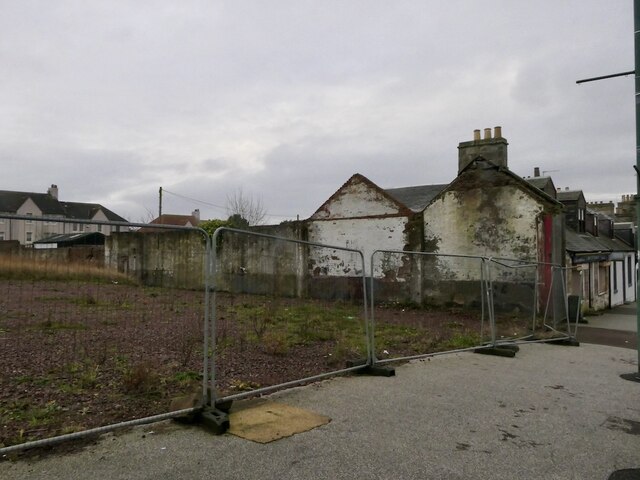
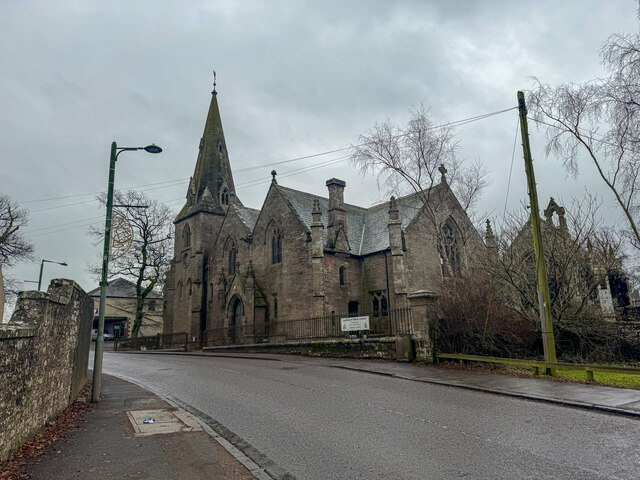
Bank Wood is located at Grid Ref: NS9745 (Lat: 55.687948, Lng: -3.6240218)
Unitary Authority: South Lanarkshire
Police Authority: Lanarkshire
What 3 Words
///stardom.clay.fatigued. Near Carnwath, South Lanarkshire
Nearby Locations
Related Wikis
Bankhead (Lanarkshire) railway station
Bankhead railway station served the isolated settlement of Bankhead, east of Carstairs Junction in South Lanarkshire, Scotland from 1867 to 1945 on the...
South Medwin River
South Medwin, sometimes spelled Medwyn, is a river in the Lanarkshire region of Scotland. Along with the confluence of the North Medwin River it forms...
Carnwath
Carnwath (Gaelic: A' Chathair Nuadh; English: "New Fort") is a moorland village on the southern edge of the Pentland Hills of South Lanarkshire, Scotland...
State Hospital
The State Hospital (also known as Carstairs Hospital, or simply Carstairs) is a psychiatric hospital in the village of Carstairs, in South Lanarkshire...
Nearby Amenities
Located within 500m of 55.687948,-3.6240218Have you been to Bank Wood?
Leave your review of Bank Wood below (or comments, questions and feedback).


